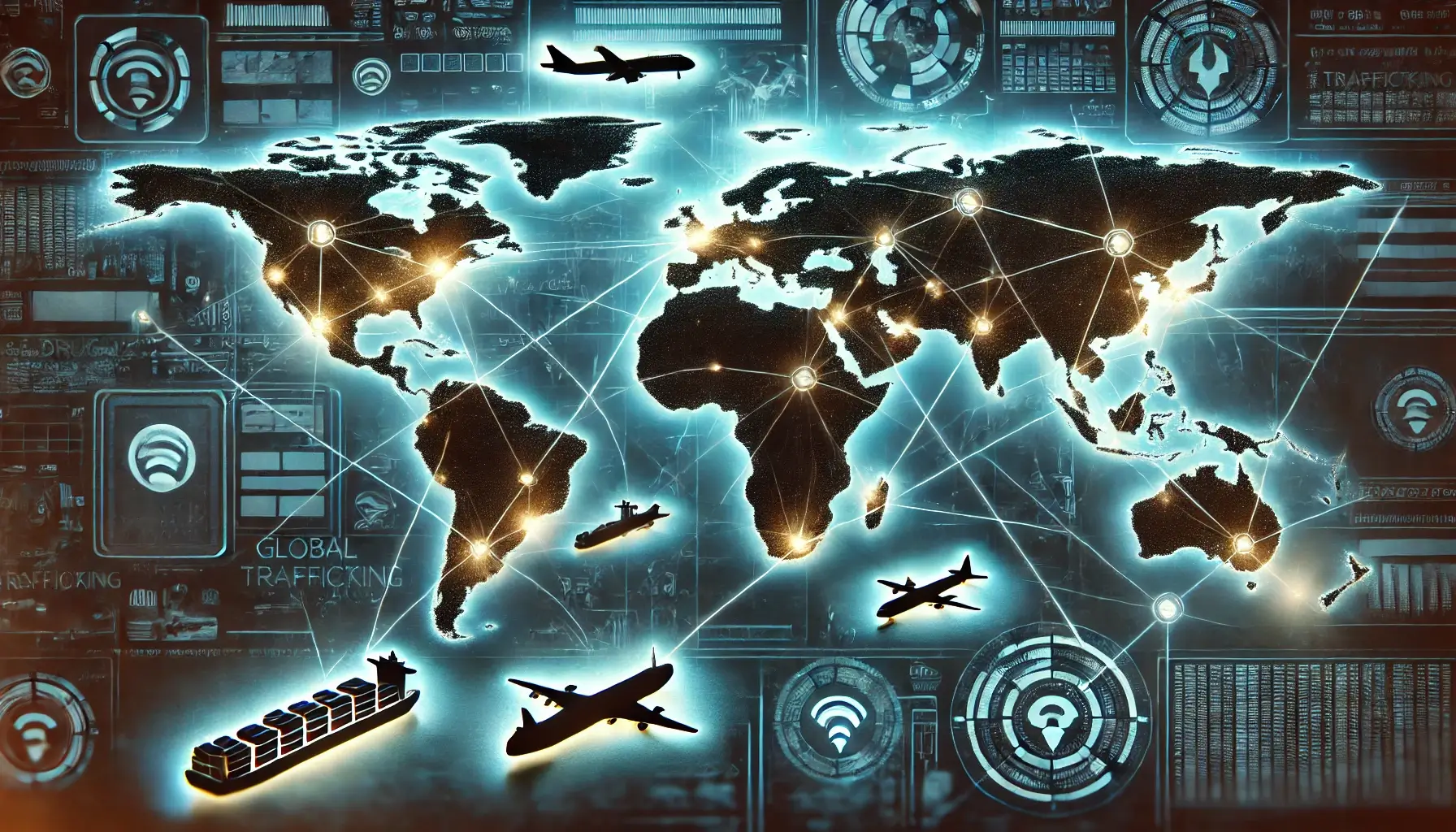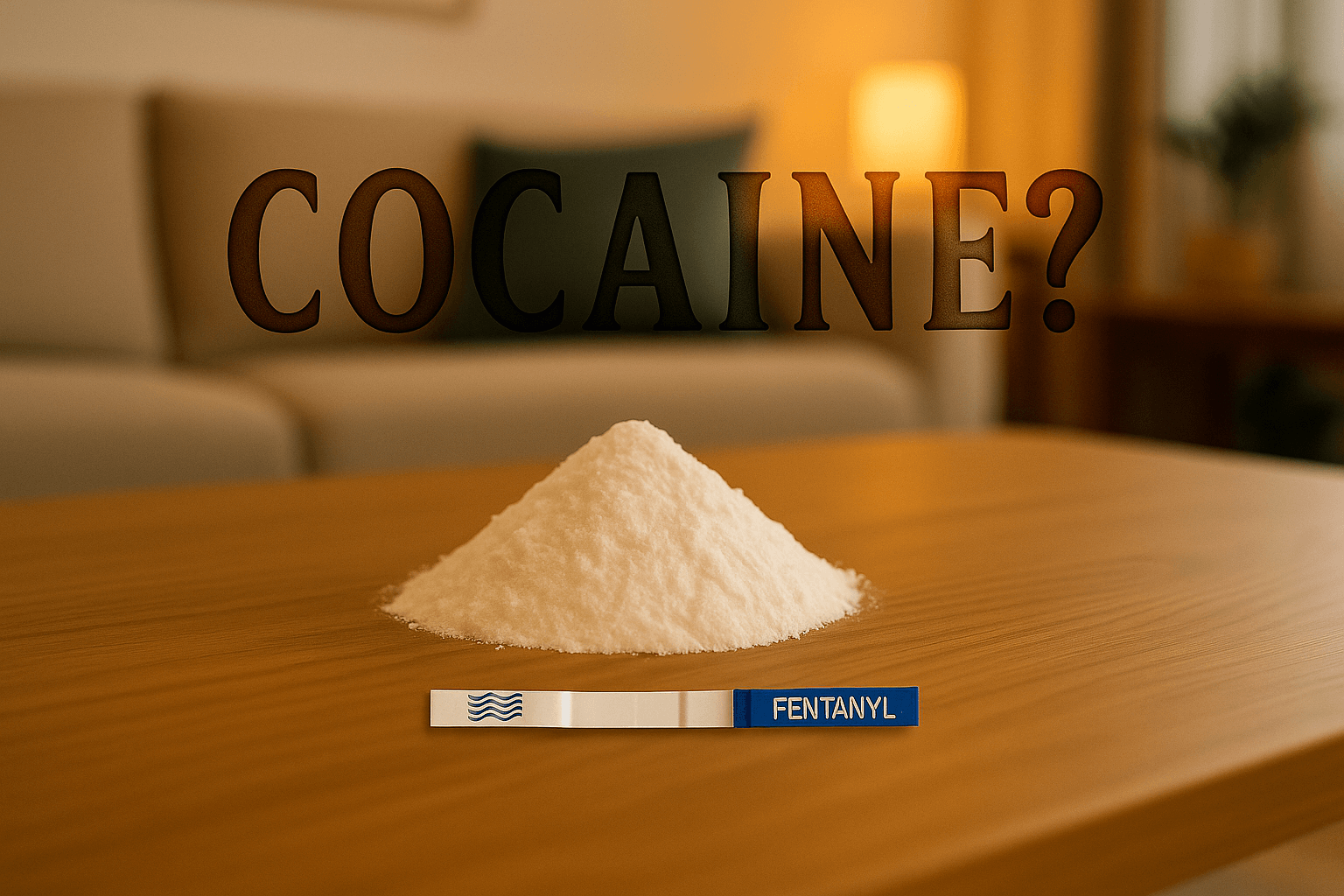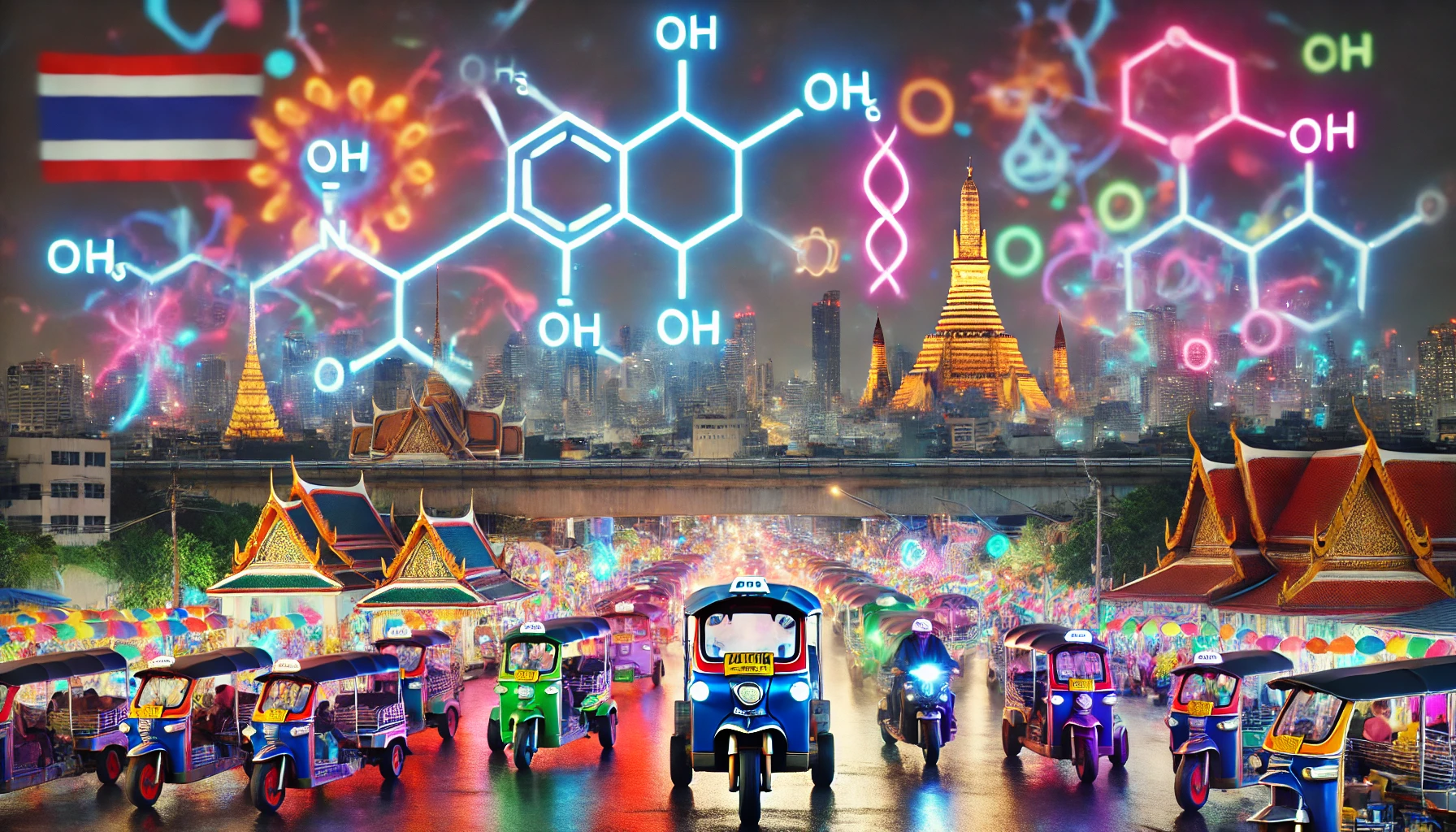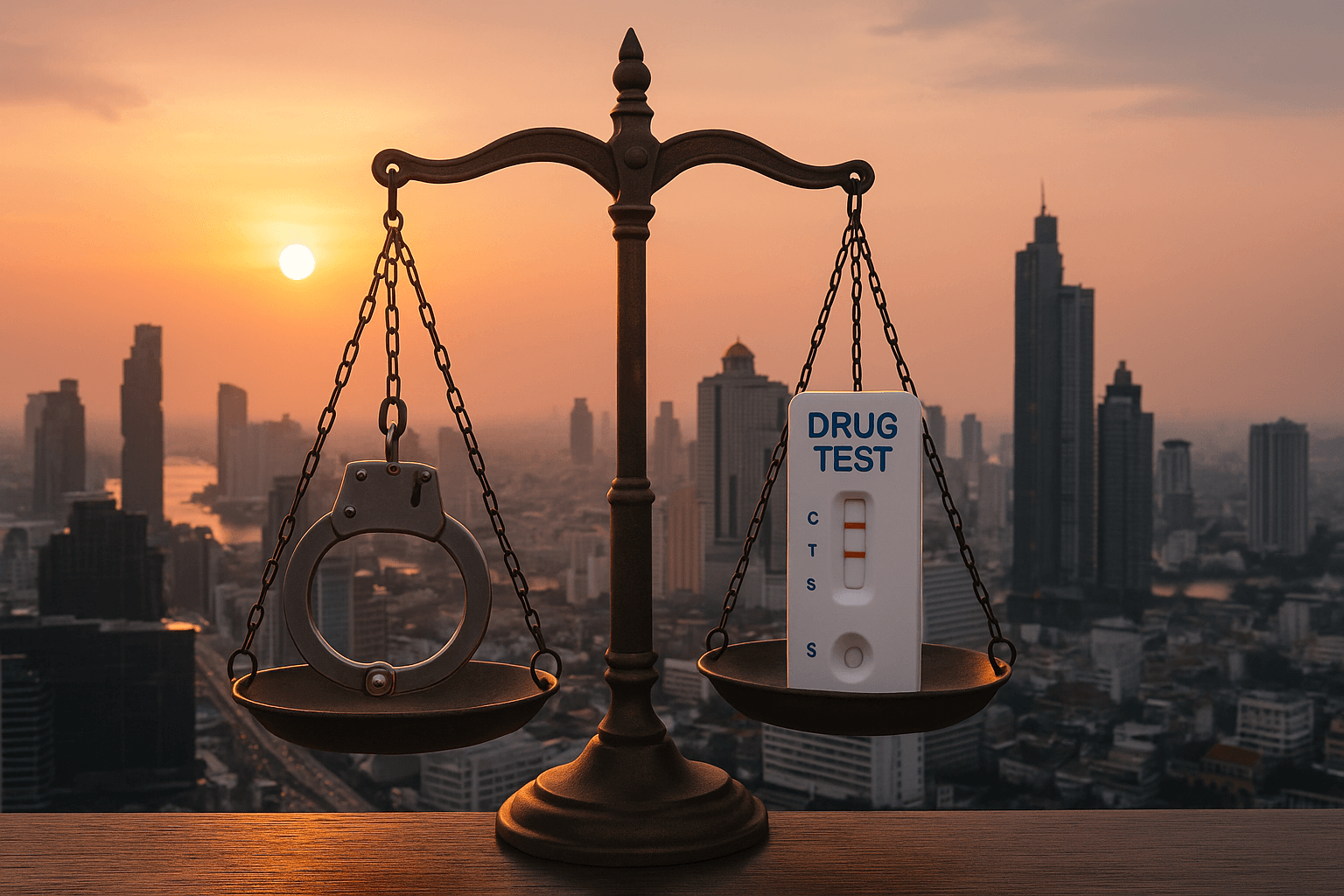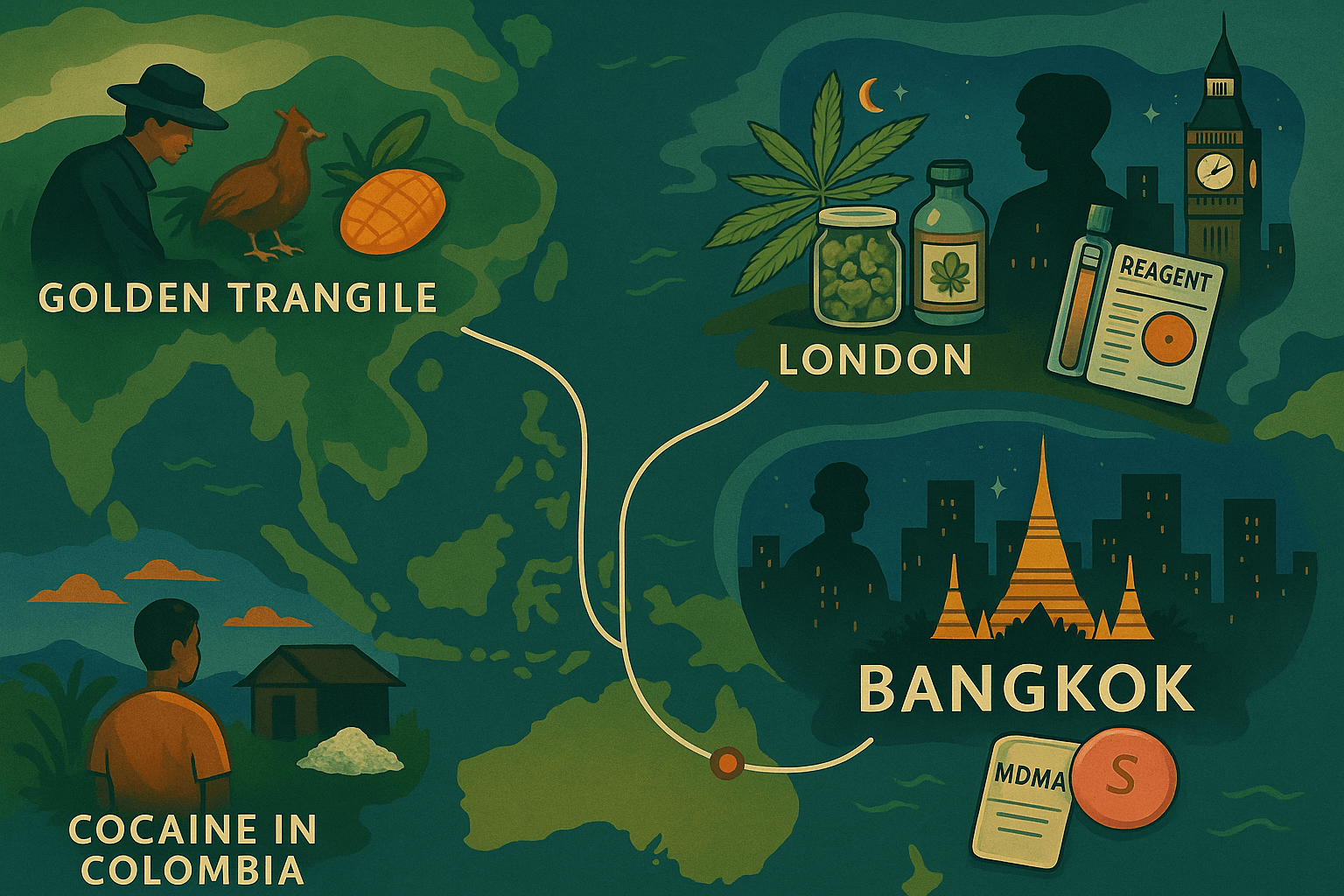Drug trafficking is a global enterprise, yet the strategies employed by traffickers vary based on geography, enforcement, and market demands.
Dreamland by Sam Quinones and Narcoland by Anabel Hernández both provide deep insights into the mechanisms of drug trafficking in the United States and Mexico, respectively. While their focus is regional, the lessons they offer about trafficking networks are universal and highly relevant to Bangkok.
This post compares the adaptation strategies of traffickers highlighted in both books, drawing parallels to Bangkok’s drug trade and offering actionable insights for harm reduction efforts.
Understanding the Supply Chain: U.S. vs. Mexico
Both Dreamland 그리고 Narcoland emphasize that traffickers control the entire supply chain, from production to distribution, but their methods differ due to the distinct markets they serve.
In the U.S. (Dreamland):
- Synthetic Evolution: Traffickers moved from heroin to fentanyl due to its higher potency, lower production cost, and ease of transport.
- Local Distribution Networks: Dealers often operate as independent contractors, minimizing risk for higher-level traffickers.
- Blending into Communities: Quinones highlights how traffickers integrate themselves into suburban communities, making enforcement difficult.
In Mexico (Narcoland):
- Diversification of Drugs: Mexican cartels produce and traffic a wide variety of drugs, from methamphetamine to cocaine, ensuring steady income streams.
- Vertical Integration: Cartels control production, transport, and distribution, using violence and corruption to maintain dominance.
- Global Reach: Hernández illustrates how Mexican cartels have expanded their operations internationally, including Europe and Asia.
방콕의 연결:
Bangkok mirrors aspects of both systems. Like Mexico, its proximity to the Golden Triangle ensures a steady supply of methamphetamine and other drugs. Like the U.S., traffickers rely on local distributors and integrate their operations into the city’s vibrant nightlife and tourism industry.
Adapting to Enforcement
A recurring theme in both books is traffickers’ ability to adapt to enforcement measures, a pattern that is also evident in Bangkok.
U.S. Traffickers (Dreamland):
- When opioid prescriptions were restricted, traffickers shifted to heroin, then to fentanyl as enforcement tightened.
- They developed counterfeit pills to mimic prescription drugs, exploiting users’ trust.
Mexican Cartels (Narcoland):
- Hernández describes how cartels diversified their routes, using private submarines and drones to evade detection.
- Corruption allowed traffickers to maintain operations even in heavily monitored areas.
Bangkok Today:
- Traffickers in Bangkok use similar evasion tactics, such as mixing drugs with legitimate shipments or exploiting corruption at border checkpoints.
- Synthetic drugs like yaba and crystal meth have gained popularity as enforcement focuses on traditional drugs like heroin.
How Harm Reduction Can Disrupt Traffickers
Both Dreamland 그리고 Narcoland suggest that reducing demand is as important as targeting supply. Harm reduction tools like drug testing kits can play a crucial role in disrupting traffickers by exposing adulterated substances and empowering users to reject unsafe products.
Lessons for Bangkok:
- Promote Testing Culture:
Encourage widespread use of testing kits available through 해피 테스트 숍 to identify harmful adulterants like fentanyl. - Focus on Awareness:
Educational campaigns can alert users to the risks of synthetic drugs and encourage safer practices. - Collaborate with Communities:
Just as traffickers rely on local networks, harm reduction efforts can leverage community leaders, NGOs, and influencers to build trust and expand outreach.
Trafficking Networks in the Digital Age
Both books touch on how technology has changed trafficking. While Dreamland focuses on the use of social media to distribute counterfeit pills, Narcoland highlights the use of encrypted communications and cryptocurrencies to obscure transactions.
Bangkok’s Digital Challenge:
- Traffickers in Bangkok are increasingly using encrypted apps and online marketplaces to reach users.
- Harm reduction efforts can counter this by providing digital resources, such as instructional videos on using testing kits and anonymous reporting tools for dangerous substances.
A Global Problem, A Local Solution
Trafficking networks adapt to their environments, but the underlying principles remain the same. By understanding the strategies outlined in Dreamland 그리고 Narcoland, Bangkok can develop targeted harm reduction strategies to address its unique challenges while learning from global patterns.
핵심 요점:
Traffickers thrive on demand and secrecy. Reducing demand for unsafe drugs through widespread testing and fostering transparency in the drug market can disrupt these networks.
행동 촉구
Join the harm reduction movement in Bangkok. Visit 해피 테스트 숍 to purchase drug testing kits for MDMA, methamphetamine, cocaine, and more. Together, we can disrupt unsafe trafficking networks and create a safer, more informed community.
